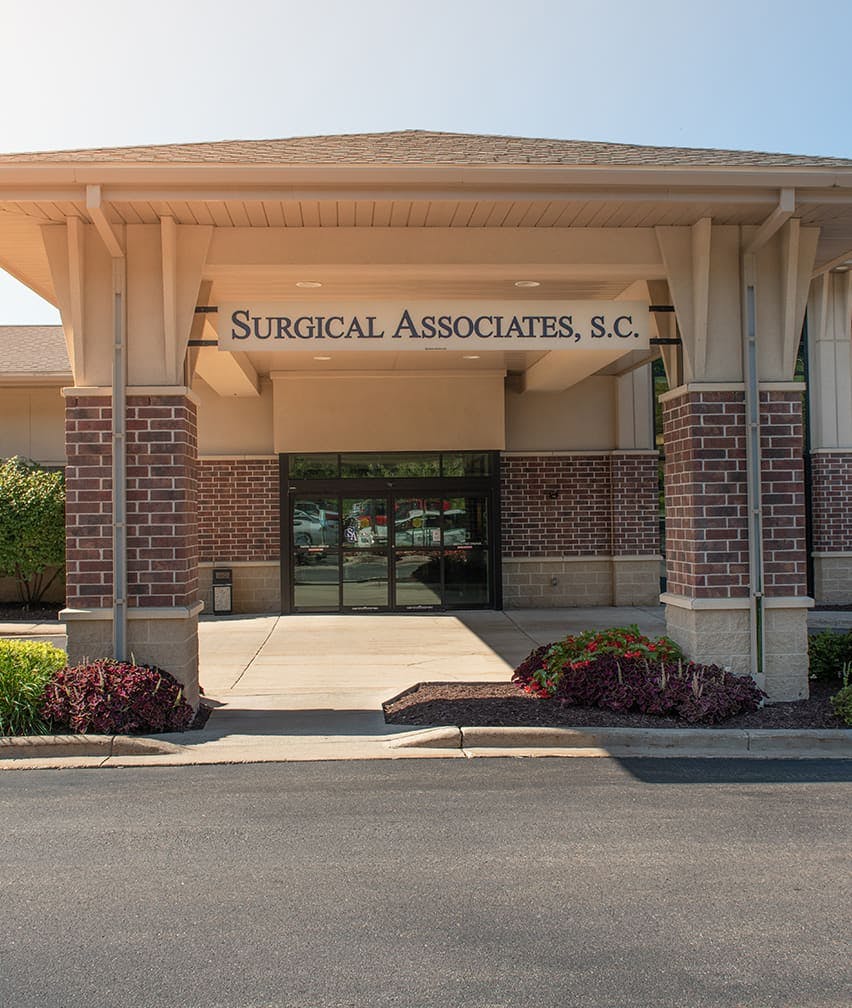Catheters play a vital role in enhancing the precision and effectiveness of vascular surgery. At Surgical Associates in Wisconsin, our commitment to patient-centric care ensures that you will receive the best-in-class treatment with the latest advancements in catheter technology.
Benefits of catheters in vascular surgery
- Minimally invasive: Catheter-based procedures are minimally invasive, reducing the need for extensive incisions. This results in less pain, a shorter recovery period, and a reduced risk of complications.
- Precision: Catheters allow your surgeon to target specific areas within the vascular system with precision, optimizing the effectiveness of your treatment.
- Reduced hospital stay: Many catheter-based procedures are performed on an outpatient basis, minimizing the need for prolonged hospital stays. This contributes to a more convenient and cost-effective patient experience.






